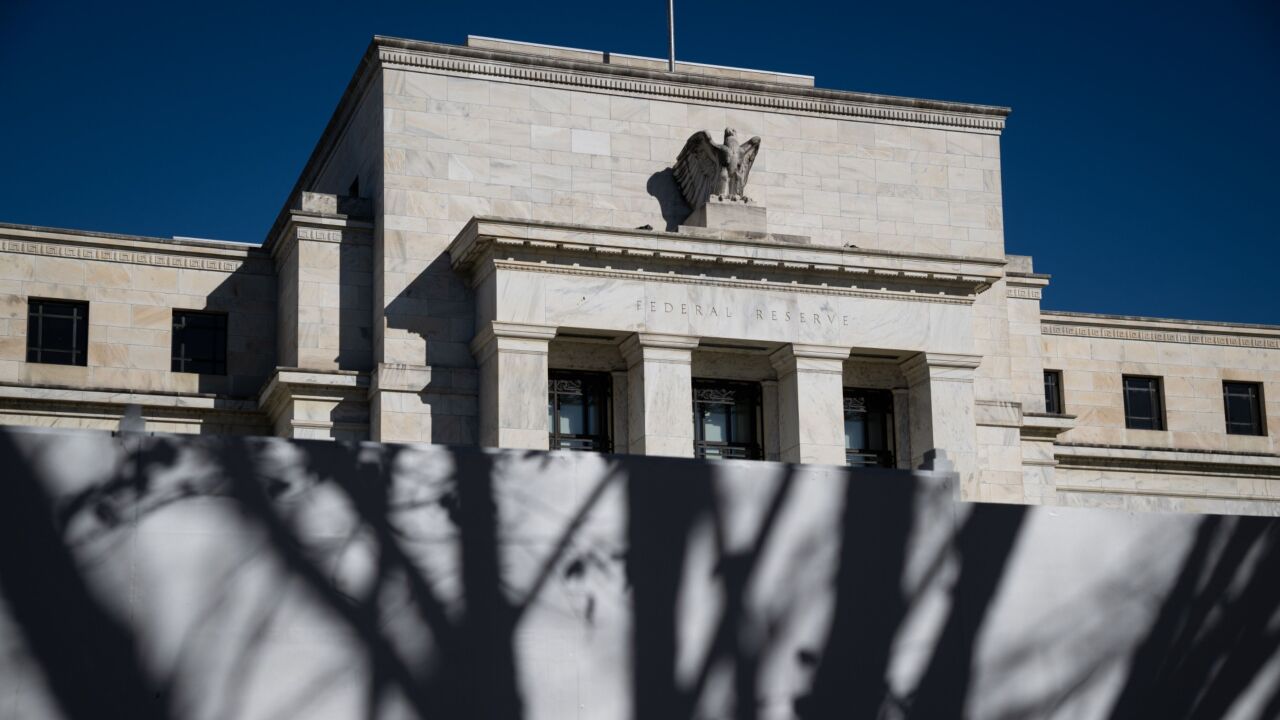Banks are stepping up their efforts in the paper chase.
Their increasingly creative campaigns to get e-banking customers to stop receiving statements in the mail, which has obvious cost savings for banks, use such selling points as convenience, the environment, and prevention of identity theft.
This has been a tough sell in the past, but some say they are making progress.
Stephanie Smith, Wells Fargo & Co.'s senior vice president of consumer online banking, said 24% of Wells' 6.2 million online banking customers view their statements online and that most of them seem to prefer the digital versions and have opted to stop receiving paper statements.
"We're just seeing wide customer acceptance and adoption," Ms. Smith said. "They can simply click on a link and see a statement."
She would not disclose how much this saves Wells Fargo, but Dan Schatt, a senior analyst for Celent Communications LLC in Boston, said banks spend about 80 cents to produce and mail a statement.
Mr. Schatt estimated that Wells would save itself more than $14 million a year if all its customers who view statements electronically stopped receiving paper ones.
Ms. Smith said that this savings opportunity is "one of the biggest drivers" behind banks' efforts to get customers to convert to e-statements.
Banks tend to promote the availability of online statements on their Web sites and automated teller machines - places where the messages will reach the people most likely to bank electronically. They usually stress the convenience of being able to download a statement anytime, but Wells Fargo has played the ecology card.
In February 2004 the San Francisco company began mailing packets of spruce seeds attached to a card that called paperless statements a way of "saving countless trees" and "cultivating convenience in banking." Respondents to the offer were given the chance to win "one-of-a-kind Wells Fargo bonsai trees."
George Tubin, a senior analyst at MasterCard International's TowerGroup Inc. in Needham, Mass., said the seeds were "one of the more successful pushes" to get customers to shut off paper. "A lot of people are very environmentally conscious," he said.
Javelin Strategy and Research estimates that 44% of banks offer the option of receiving online statements. The service is succeeding at a number of banks, the firm says.
Citigroup Inc. began offering the service in a pilot test last August. The program went national in November, when the bank placed an ad on its online banking site that people couldn't miss - they had to go to the page with the ad after logging in and before they could view any of their account information.
In the first two weeks after the ad appeared, 15% of Citi's 1.7 million online banking customers signed up to receive statements electronically instead of by mail.
Citi has since started advertising the service through inserts in its regular printed statements as well. (It would not say how many of its customers view statements solely online.)
Mr. Tubin said that people who use e-banking sites frequently - more than 10 times a month - would be the easiest for banks to convince to use e-statements. "They pretty much know what their balance and statement look like all the time," he said. "The need for a monthly statement is really quite diminished."
Deborah Guerin, the vice president of electronic services at the 2.5 million-member Navy Federal Credit Union in Vienna, Va., said Navy Federal will save $2.4 million this year in postage, paper, and labor costs because it has gotten some members to agree to stop receiving paper statements.
So far, Navy Federal's members have asked the credit union to stop mailing 377,000 statements per month, though some members have turned off more than one paper statement.
"We're recognizing some really excellent cost savings," Ms. Guerin said. (Each statement costs about 53 cents to produce.)
About 1.2 million of Navy Federal's members have enrolled to have online account access, and 700,000 are active users (meaning they have logged on in the past 30 days).
Navy Federal has offered statement suppression since the end of 2000 and started promoting it heavily in last year's second quarter. Ms. Guerin said that one of the reasons for the high use rate is that the credit union's customers are so mobile. Active-duty members of the military often relocate on short notice, she noted, and that makes them more fearful of having regular mail (and banking data) get in the wrong hands.
James Van Dyke, the principal and founder of Javelin, of Pleasanton, Calif., said fear of fraud could become a key in encouraging people to discontinue receipt of paper statements.
Customers have become more aware that "a piece of paper can get to a criminal," if it is placed into the mail. Those who have been victims of fraud or identity theft "are significantly changing their behavior," Mr. Van Dyke said.
He said that 16.7% of fraud victims surveyed by his firm and the Better Business Bureau said they had cancelled paper statements before becoming victims of fraud, but that number climbed to 22.7% after being victimized by a fraud. (The survey report was published this month.)
A big reason for this relatively low adoption number Mr. Van Dyke said, is that only 44% of banks offer the option to turn off paper statements. "That shouldn't be the case," he said. "That should be 100%."





